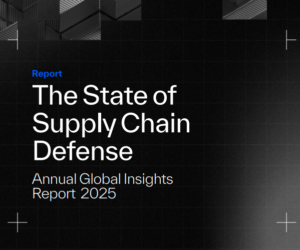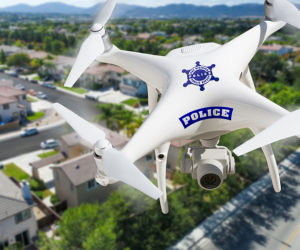
Sorry, your browser is not compatible with this application. Please use the latest version of Google Chrome, Mozilla Firefox, Microsoft Edge or Safari.
Risk Management / Regulatory content

Environmental And Social Impacts Across Industry...
Understanding how different industries are linked to environmental and social impacts is becoming increasingly important for policymakers, businesses, and regulators. This OECD report examines where evidence and expert perspectives align—or…
Learn More


Guidance Document on the Generation, Reporting and...
As research data plays a growing role in regulatory decision-making, questions around quality, reliability, and relevance are becoming more important than ever. This OECD guidance explores how research data can…
Learn More


Crime Victims Fact Sheet
This fact sheet provides a closer look at how federal drug offenses impact victims, drawing on sentencing data from fiscal year 2023. It highlights the scale of harm involved, including…
Learn More


The State of Supply Chain Defense
BlueVoyant’s 2025 State of Supply Chain Defense report reveals how third-party risk management (TPRM) programs are evolving to meet the demands of the widening gap between investment and real risk…
Learn More


Regulatory Fees and Expenses of Broker-Dealers
This paper examines long-term trends in regulatory fees and expenses paid by SEC-registered broker-dealers using FOCUS data from 2010 through 2024. It highlights how these costs vary widely by firm…
Learn More


Navigating the AI Regulatory Landscape: A...
With the rapid advancement of artificial intelligence, government organizations are navigating a challenging landscape where innovation must be balanced with regulatory compliance. This paper outlines a strategic approach to effectively…
Learn More


Crime Victims Fact Sheet
This fact sheet analyzes federal criminal cases in which restitution was ordered, highlighting how often victims are identified and compensated under sentencing guidelines. Drawing on fiscal year 2023 data, it…
Learn More


Crime Victims Fact Sheet
This fact sheet examines victim impacts in federal criminal enterprise cases sentenced in fiscal year 2023, including racketeering, extortion, and related offenses. It highlights the scale and severity of harm,…
Learn More


Artificial Intelligence Compliance Plan for OMB...
This FCC compliance plan outlines how the agency will responsibly deploy artificial intelligence while aligning with federal law, executive direction, and OMB guidance. It details governance structures, risk management processes,…
Learn More


A Decade of OECD Competition Trends, Data and...
This OECD report examines how competition enforcement has evolved globally over the past decade, drawing on data from 66 jurisdictions between 2015 and 2024. It highlights shifting priorities in merger…
Learn More


Patient Protection and Affordable Care Act
A new GAO review examines persistent fraud risks in the Advance Premium Tax Credit program, which helps millions of Americans afford health insurance through federal and state marketplaces. Preliminary findings…
Learn More


Crime Known to Law Enforcement, 2023
This bulletin provides a detailed look at how violent and property crime patterns shifted across the United States in 2023. Nationally, violent crime continued its downward trend, with decreases in…
Learn More


Health Insurance
This GAO report uncovers how individuals received duplicate Medicaid, CHIP, or APTC benefits across multiple states, resulting in more than $1.6 billion in potential overpayments in FY2023. Weak data matching,…
Learn More


Safe Handling Considerations for Downed Unmanned...
This guidance walks critical infrastructure personnel through how to safely respond when an unknown drone crashes within their facility. It highlights that while many incidents stem from careless hobbyists, some…
Learn More


#StopRansomware: Akira Ransomware
This advisory provides an in-depth look at Akira ransomware, a rapidly evolving threat targeting organizations across critical infrastructure sectors. It outlines how attackers gain access, move laterally, exfiltrate data, and…
Learn More


